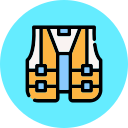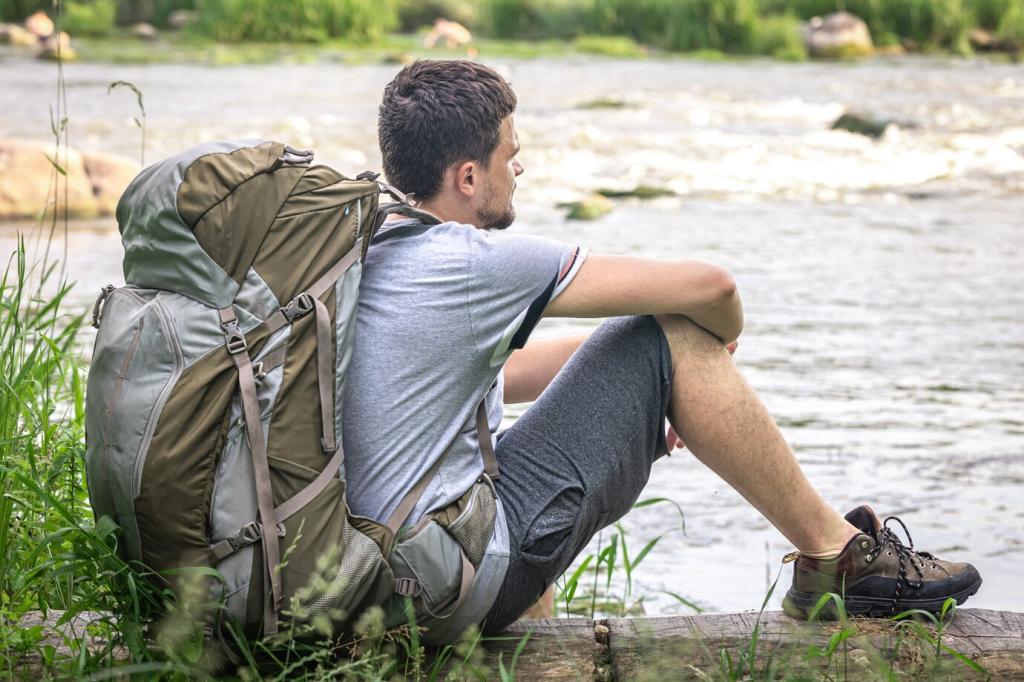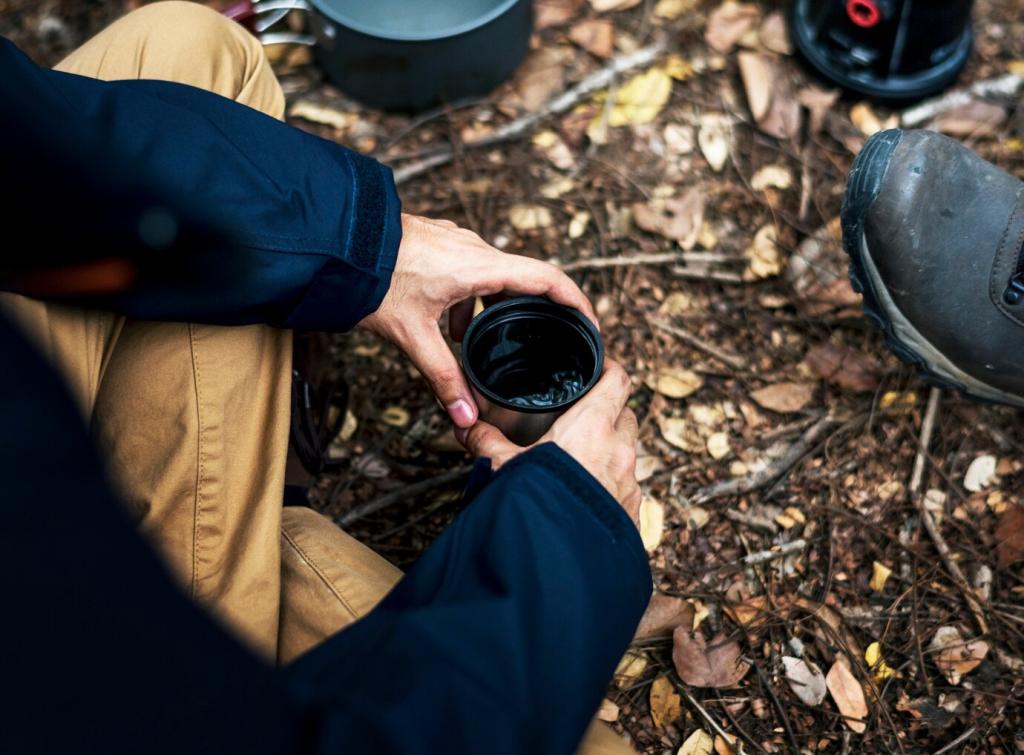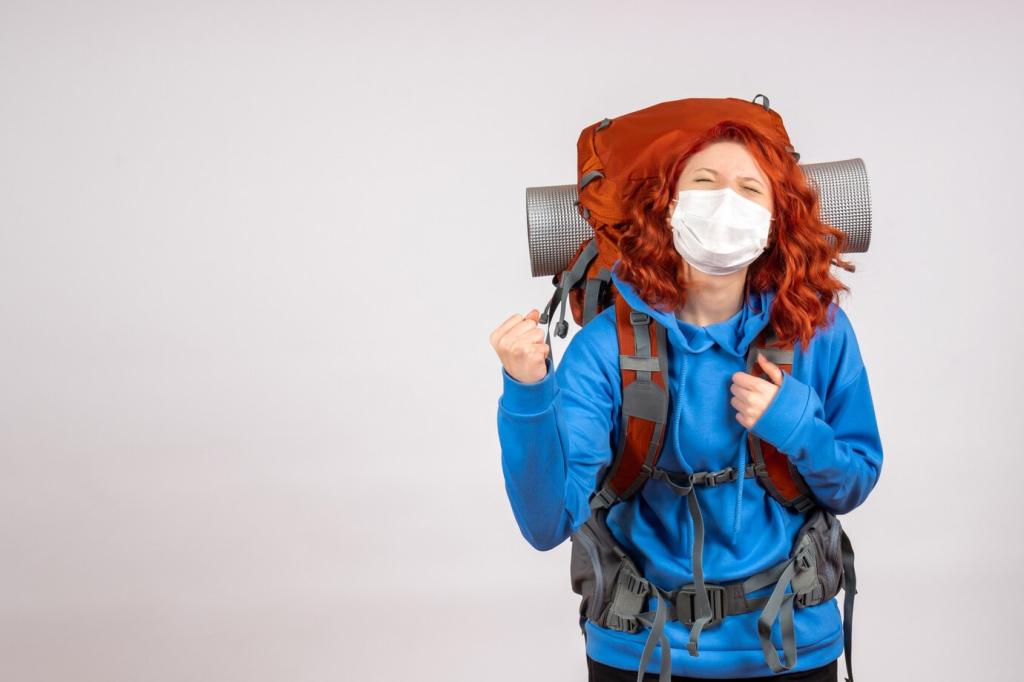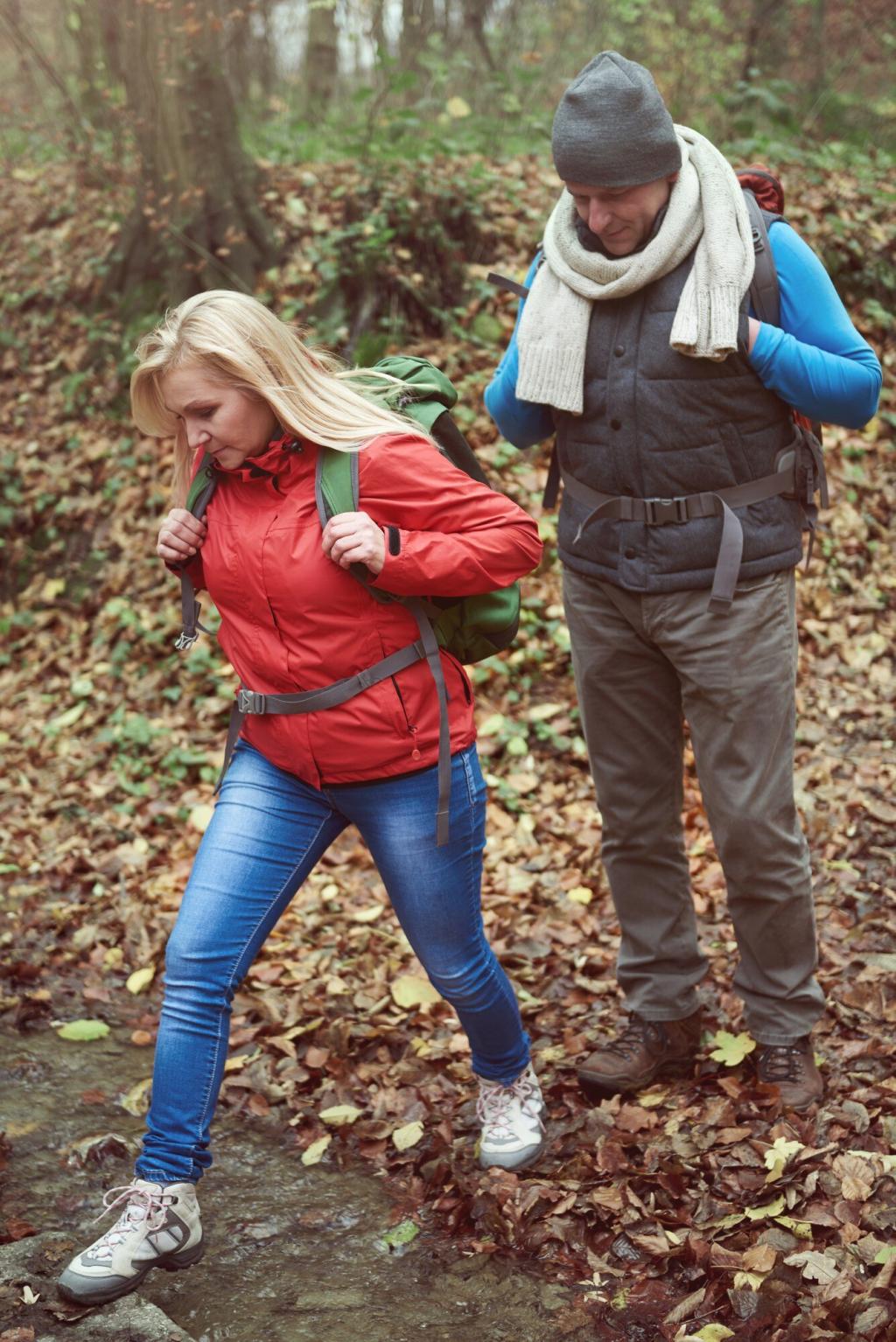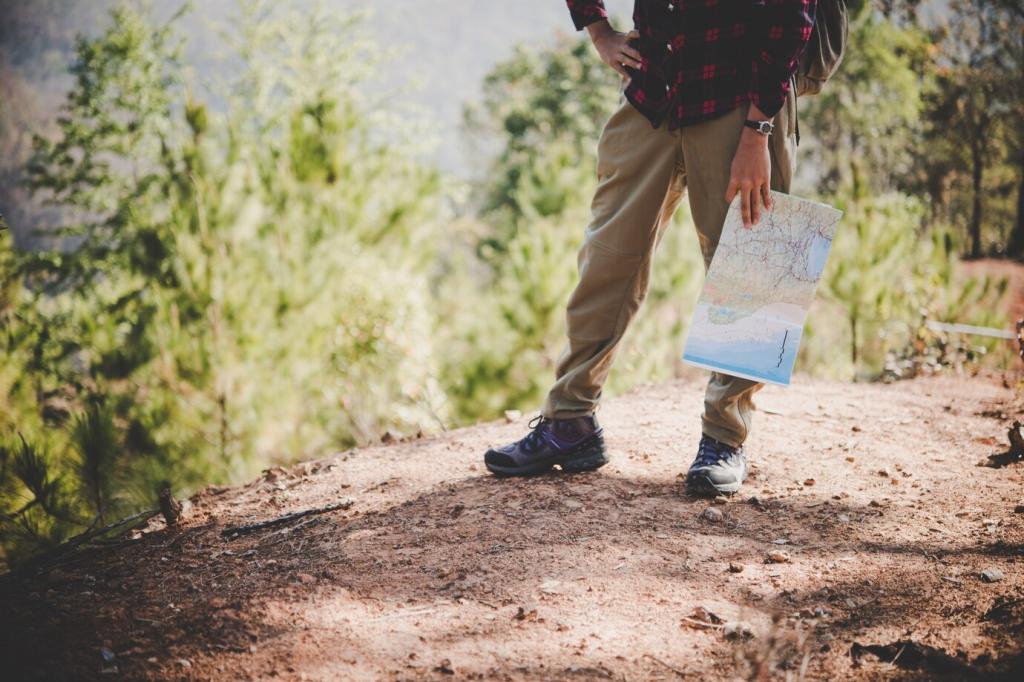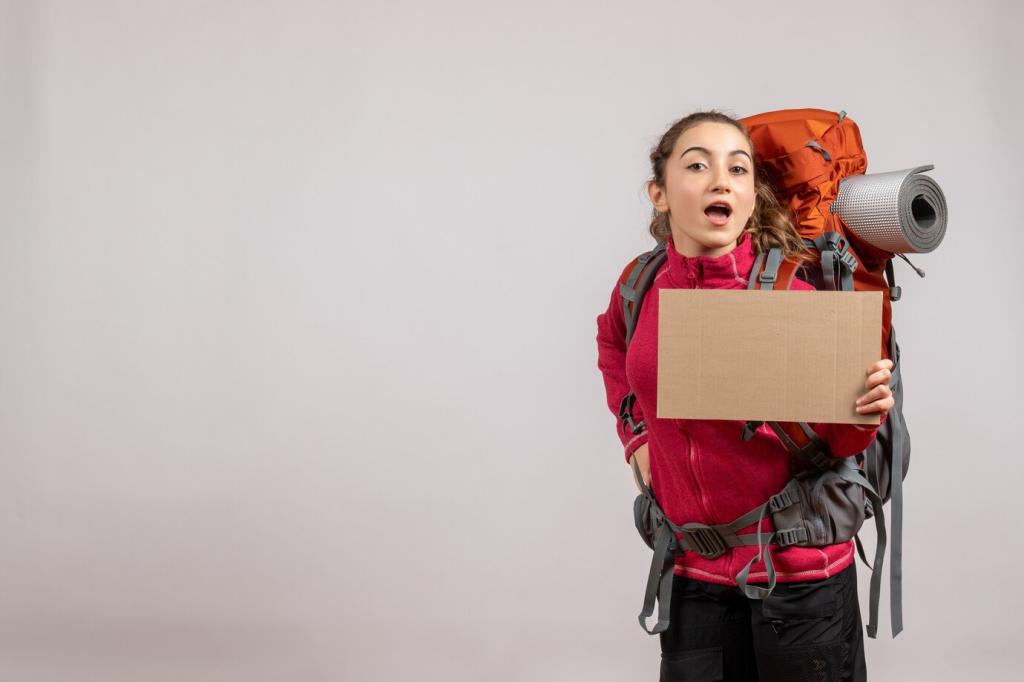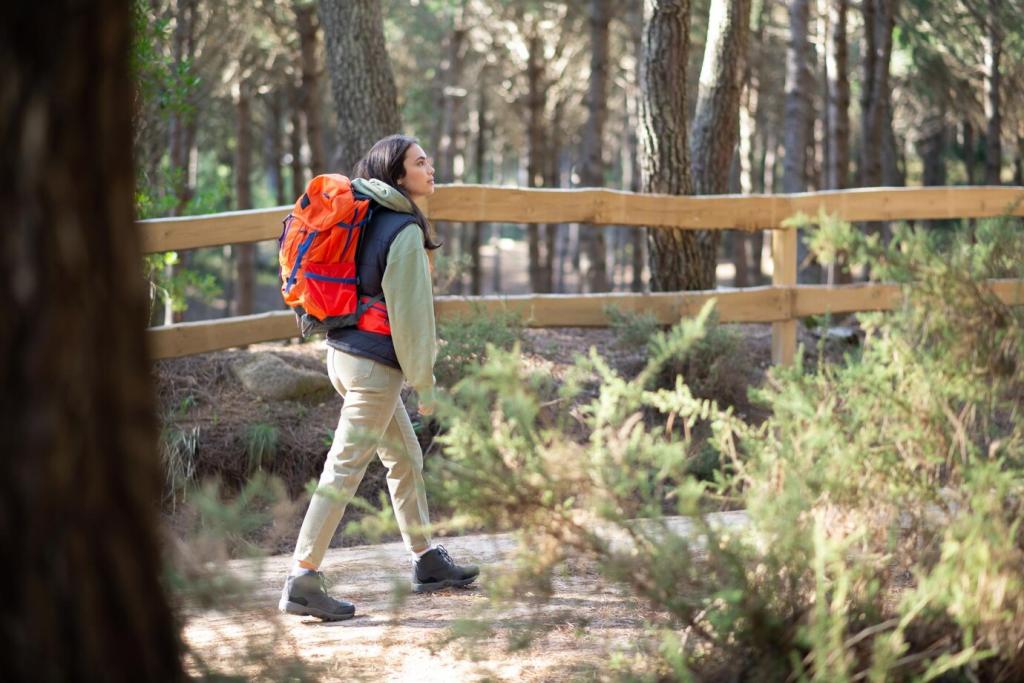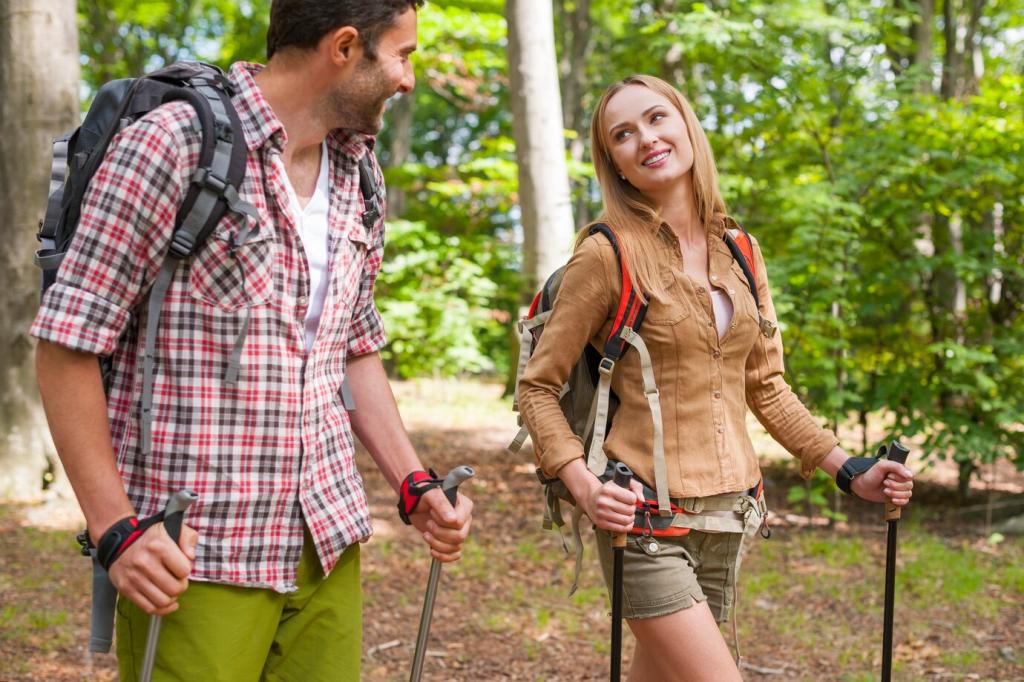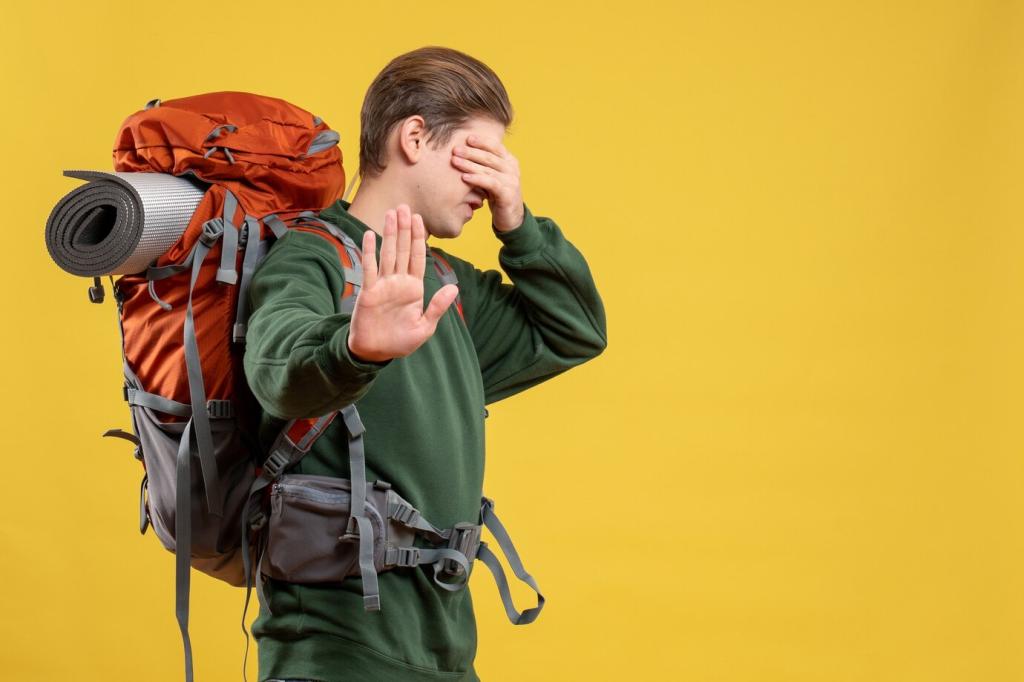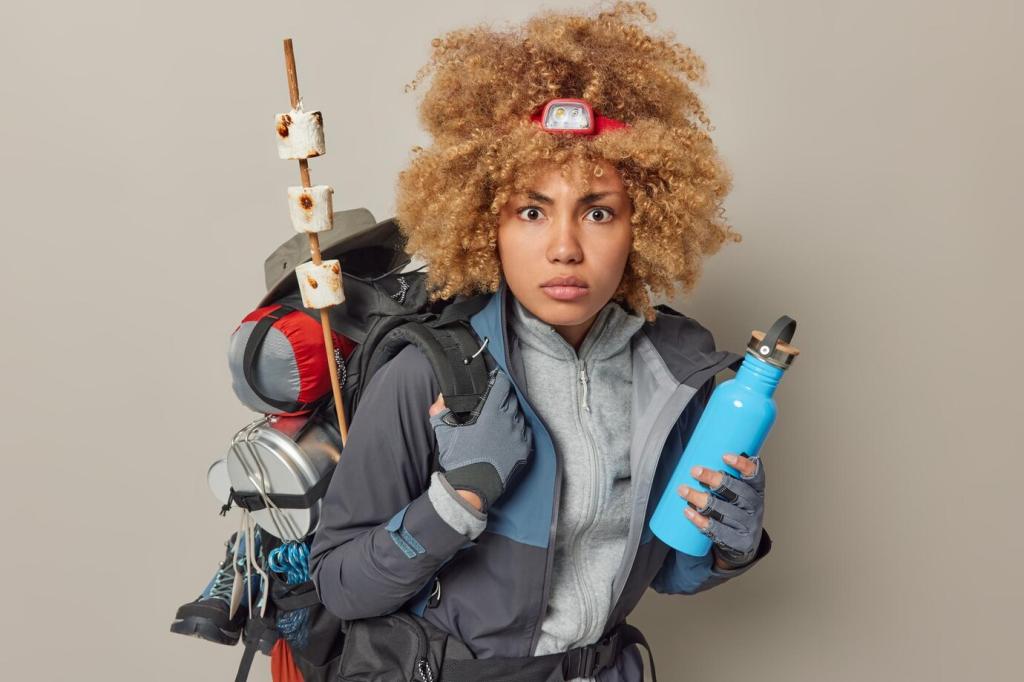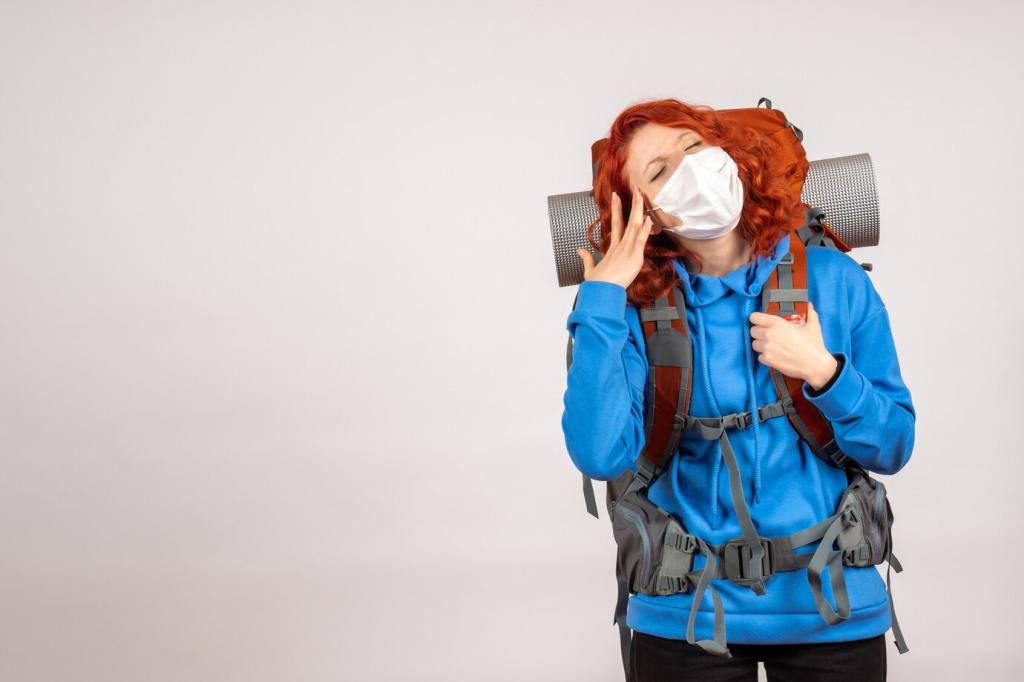Hydration, Nutrition, and Water Safety
Filters shine in summer streams, while chemical treatments remain dependable in freezing conditions where cartridges can seize. Carry a backup method. In spring, silty water clogs filters fast—pre-filter with a bandana to protect your system.
Hydration, Nutrition, and Water Safety
Use insulated bottles in winter and stash them upside down to prevent frozen lids. In scorching summer, reflective bottle sleeves and shade breaks help. Electrolyte mixes support steady hydration when sweat rates spike unexpectedly.
Hydration, Nutrition, and Water Safety
In cold, choose calorie-dense foods that don’t turn brick-hard. In heat, favor easy-to-digest carbs and salty bites. Pack a small “confidence snack” reserve—morale food that helps you think clearly when plans shift.
